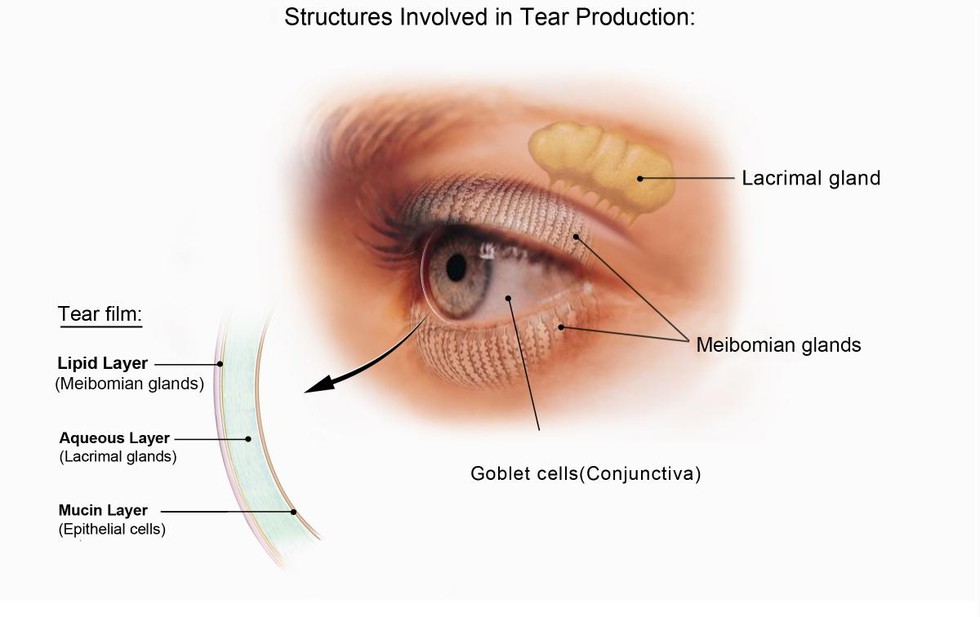Like windows to the soul, our eyes bestow upon us the wondrous gift of perceiving the world, yet in their delicate beauty, they also bear susceptibility to a myriad of ailments, casting shadows upon our vision and eye health. Unveiling the intricate tapestry of ocular afflictions, this article embarks on a journey to decipher their origins, unveil their symptoms, and illuminate the path to their remedy.
Refractive Errors
Refractive errors are among the most common eye conditions worldwide. They occur when the shape of the eye prevents light from focusing directly on the retina. The main types of refractive errors are
a. Myopia (Nearsightedness): People with myopia can see nearby objects clearly but struggle with distant vision.
b. Hyperopia (Farsightedness): Hyperopia causes distant objects to appear clearer than close ones.
c. Astigmatism: Astigmatism results from an irregularly shaped cornea, causing blurry vision at all distances.
d. Presbyopia: As people age, their ability to focus on close objects decreases, leading to presbyopia, often requiring reading glasses.
Cataracts

Cataracts, a prevalent age-related ocular condition, manifest as the gradual opacification of the eye‘s intrinsic lens, resulting in diminished visual clarity, heightened light sensitivity, and impaired nocturnal vision; the definitive remedy entails surgical extraction of the afflicted lens, subsequently substituted with an artificial counterpart for optimal outcomes
Glaucoma
Glaucoma is a group of eye diseases characterized by increased intraocular pressure, which can damage the optic nerve and lead to vision loss if left untreated. It often develops without noticeable symptoms in its early stages, making regular eye exams critical for early detection and management.
Age-Related Macular Degeneration (AMD)
AMD is a progressive eye disease affecting the macula, the central part of the retina responsible for sharp, central vision. It can lead to a gradual loss of central vision, making tasks like reading and recognizing faces challenging. Although there is no cure, early diagnosis and lifestyle changes can slow its progression.
Diabetic Retinopathy
Diabetic retinopathy, a consequence of diabetes, exerts its impact on the retinal blood vessels, posing a significant risk of vision impairment and potential blindness when left unattended; vigilance through meticulous blood sugar regulation, routine eye assessments, and laser interventions stands paramount in its prevention and control.
Conjunctivitis
Ophthalmic irritation, colloquially referred to as pink eye, manifests as the inflammation of the conjunctiva—a translucent layer enveloping the sclera. Its etiology spans viruses, bacteria, allergenic triggers, or irritant agents, with clinical presentation encompassing ocular erythema, pruritus, and ocular secretions. Therapeutic interventions pivot upon the root cause and may encompass the administration of ocular drops or antibiotic regimens.
Dry Eye Syndrome
Dry eye syndrome occurs when the eye do not produce enough tears or when the tears evaporate too quickly. It can result in discomfort, blurry vision, and sensitivity to light. Management includes artificial tears, lifestyle adjustments, and in some cases, prescription medications.
Conclusion
Eye diseases do not discriminate based on age or background, yet with timely detection and suitable care, they can often safeguard vision and enhance overall eye well-being. Consistent eye check-ups, a wholesome lifestyle, and vigilance towards the indicators of different eye conditions are fundamental measures to sustain peak vision for a lifetime. In case you encounter any uncommon alterations in your eyesight or eye health, it is crucial to promptly seek the counsel of an eye care expert to secure timely diagnosis and treatment.
Read More:- Calendula Flower: A Flowing Plant Aiding In Restoring Skin Health!
Read More:-Exploring the Multifaceted World of Tea: Unearthing Its Unexpected Effec

